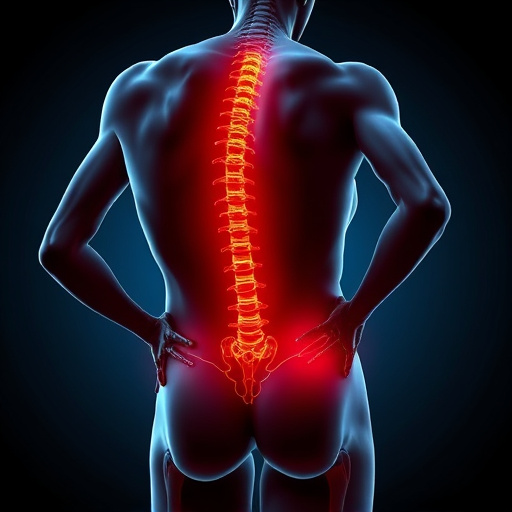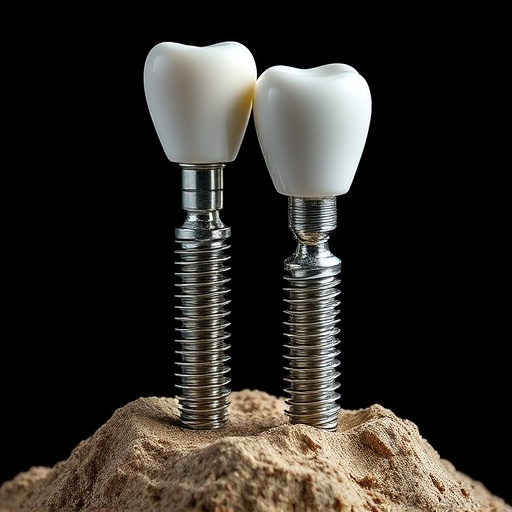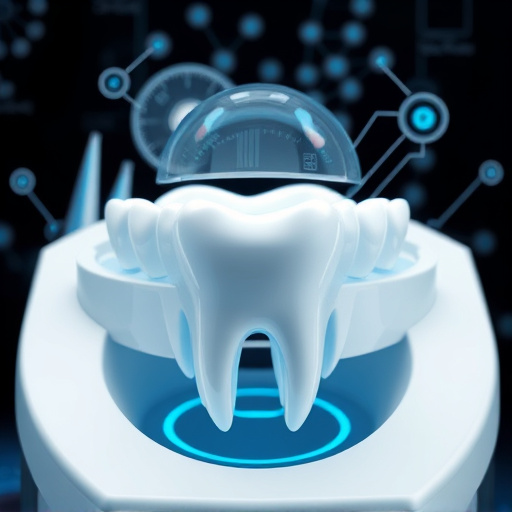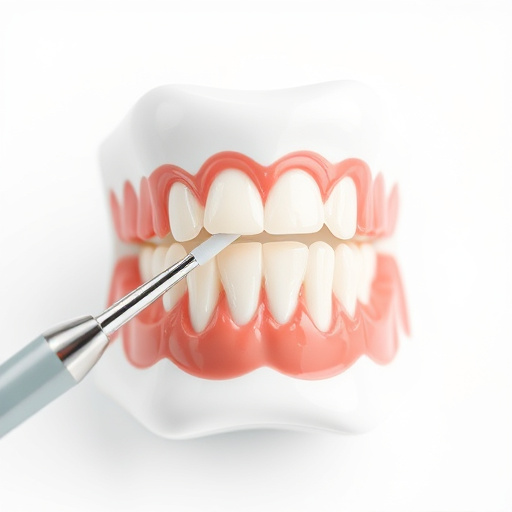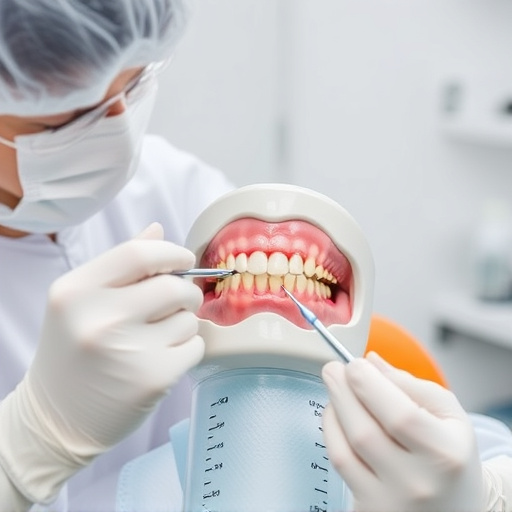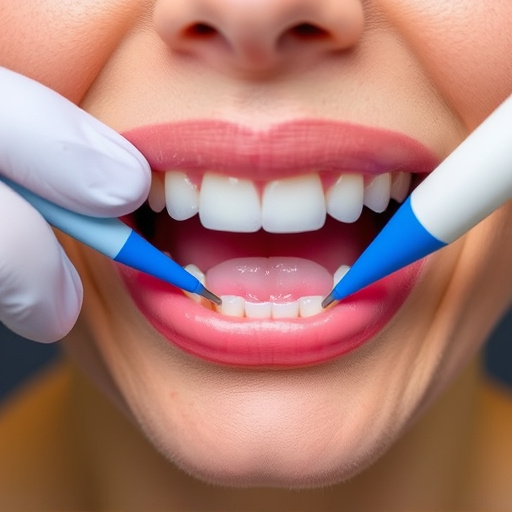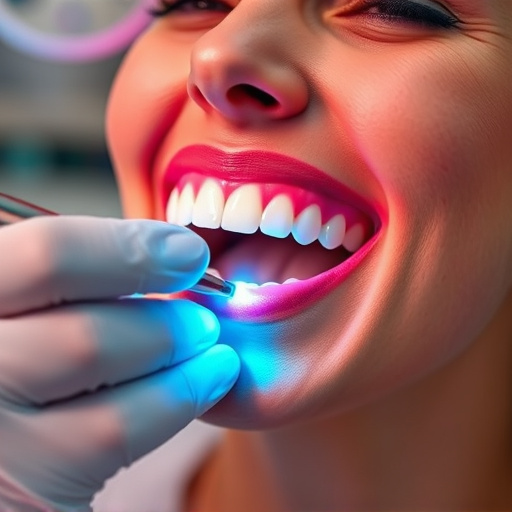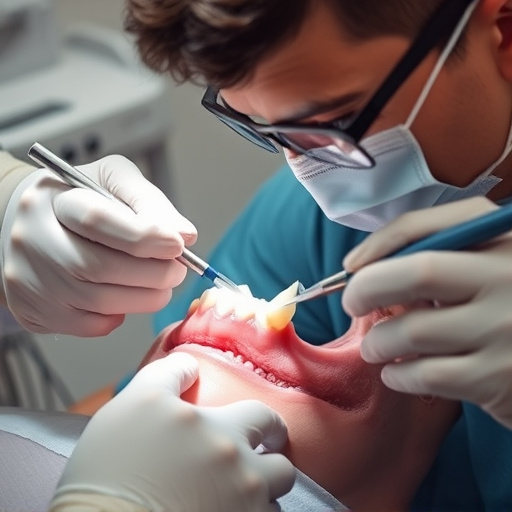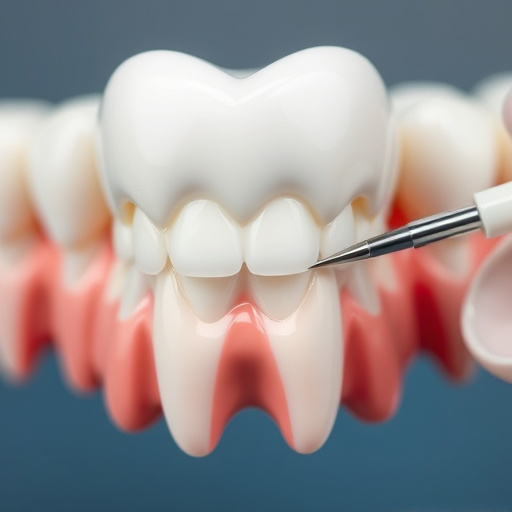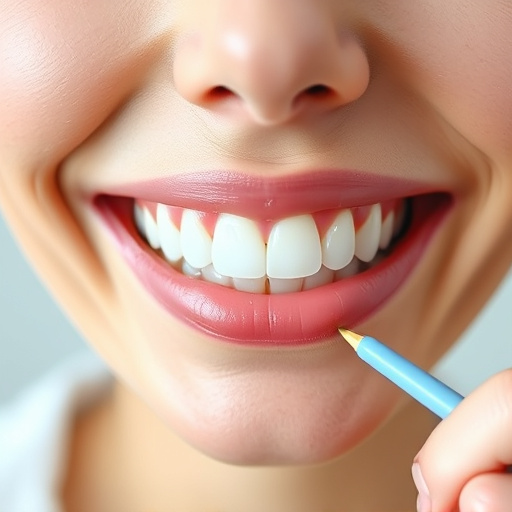Intraoral cameras revolutionize dental examinations by providing high-resolution images of teeth and gums, enabling precise detection of subtle changes, early decay, and gum health issues. Patients should brush with fluoride toothpaste and consider mouthwash for preparation. The examination involves a comfortable seated position while a dentist uses a handheld camera to capture detailed digital images, aiding in accurate diagnoses, tailored treatment planning, and emergency issue identification.
Discover the future of dental care with intraoral camera examinations. These advanced tools provide detailed, up-close insights into your oral health, offering a more comprehensive view than traditional methods. In this guide, we’ll walk you through what to expect during an intraoral camera session, from preparation tips to interpreting the images captured. By understanding these key aspects, you’ll be empowered to make informed decisions about your dental care.
- Understanding Intraoral Cameras: Tools for Detailed Insights
- Preparing for Your Examination Session: What to Expect
- Interpreting Images: Unlocking Dental Health Information
Understanding Intraoral Cameras: Tools for Detailed Insights
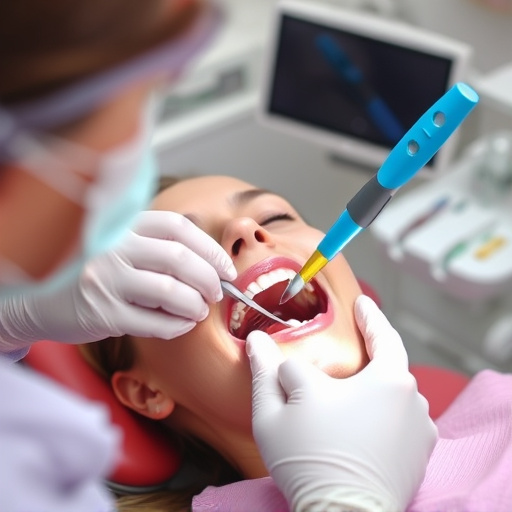
Intraoral cameras have revolutionized dental examinations by providing detailed, close-up images of your oral cavity. These tiny, handheld devices are a powerful tool for dentists and hygienists, allowing them to detect even the slightest changes in your teeth and gums. During an intraoral camera examination session, patients can expect a thorough assessment that goes beyond what’s visible during a traditional checkup.
By capturing high-resolution images, these cameras offer a clear view of fillings, crowns, and other dental work, as well as revealing areas where plaque or tartar buildup might be hidden. This technology is particularly useful for monitoring gum health, identifying early signs of decay, and planning procedures like teeth cleaning or tooth extractions in general dentistry practices. It ensures that patients receive the most accurate care possible, promoting optimal oral hygiene.
Preparing for Your Examination Session: What to Expect
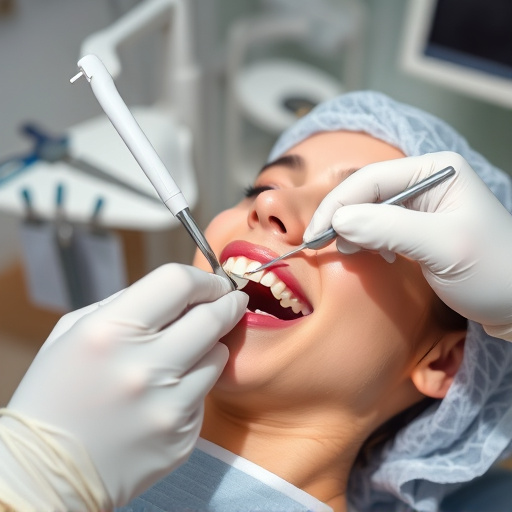
Preparing for your intraoral camera examination session involves a few simple steps to ensure a smooth and comfortable experience. Before your appointment, make sure to brush your teeth thoroughly, using fluoride toothpaste to strengthen your enamel. This is not just good oral hygiene practice but also helps you achieve better images during the exam. Some practices may ask you to rinse with a specific mouthwash to reduce bacteria levels in your mouth, which can enhance the accuracy of the intraoral camera.
During the session, expect the dental professional to position you comfortably in the chair and use a mirror so you can see what they are doing. They will then insert an intraoral camera—a small, handheld device with a light—into your mouth to capture detailed images of your teeth and gums. The camera projects these images onto a screen for the dentist to examine, allowing them to spot any issues, from decay to gum disease or even potential candidates for cosmetic fillings or wisdom tooth removal. This technology offers a more precise diagnosis and treatment planning in cosmetic dentistry.
Interpreting Images: Unlocking Dental Health Information
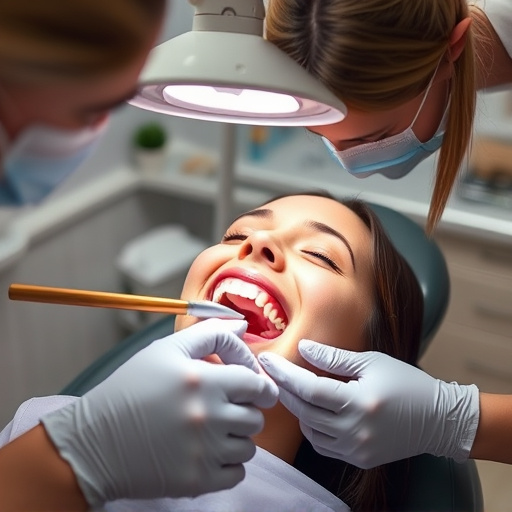
The intraoral camera examination is a valuable tool in modern dentistry, offering a detailed and precise view of your oral health. During this procedure, the dentist utilizes a tiny camera to capture high-resolution images of your teeth, gums, and mouth structures. These images are more than just visual aids; they provide crucial information about dental conditions that might be invisible during a regular checkup. From detecting early signs of tooth decay to identifying gum disease or even spotting subtle cracks in teeth, the intraoral camera becomes a reliable detective in maintaining optimal oral health.
By analyzing these digital images, dentists can make more accurate diagnoses and develop tailored treatment plans. The ability to zoom in on specific areas allows for a comprehensive assessment, ensuring no detail goes unnoticed. This technology is not just limited to checking for cavities or conducting routine teeth cleaning; it enables professionals to provide efficient emergency dental care by swiftly identifying issues that require urgent attention.
An intraoral camera examination offers a modern, detailed approach to understanding your dental health. By providing clear, up-close images of your mouth, these cameras facilitate more accurate diagnoses and treatment planning. Through proper preparation and interpretation, you can expect to gain valuable insights into your oral health during each session, empowering both you and your dentist to make informed decisions together.
